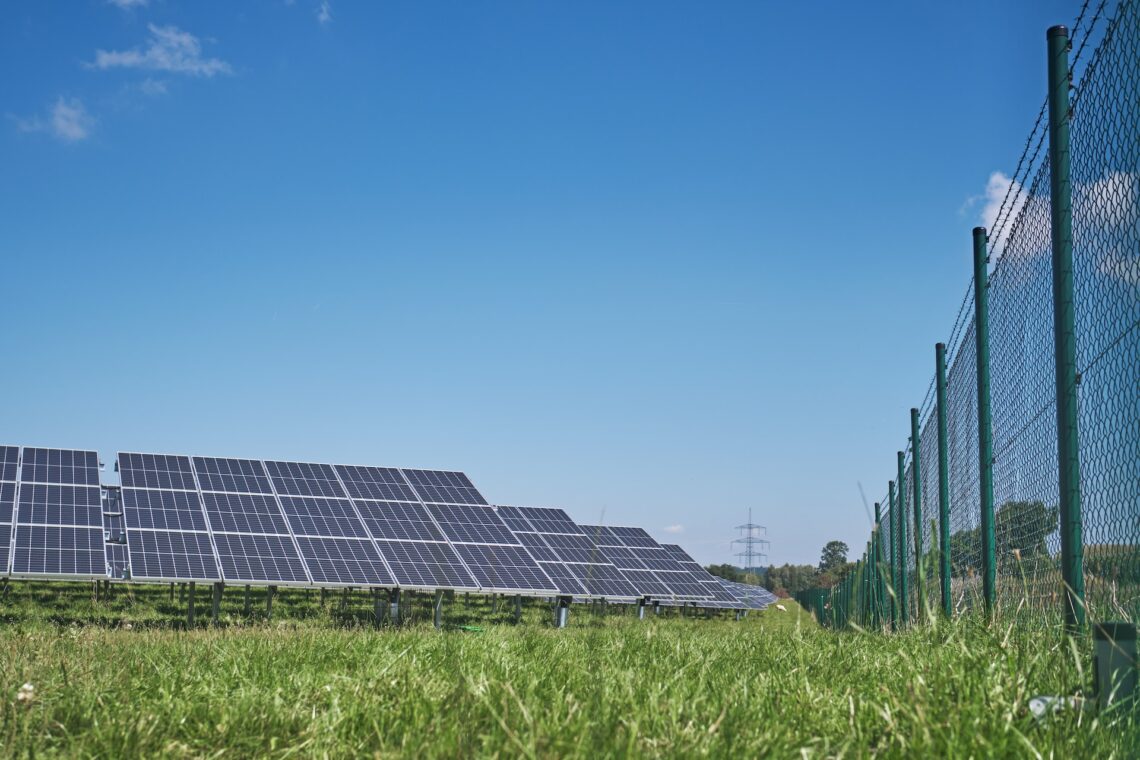
Advances in Solar Power Technology: Efficiency and Affordability
Solar power has undergone remarkable advancements in recent years, making it an increasingly efficient and affordable energy solution. As technology continues to evolve, solar power has become more accessible to a broader range of individuals and businesses. In this article, we will explore the key advances in solar power technology, focusing on improvements in efficiency and affordability.
- Solar Cell Efficiency: Solar cell efficiency refers to the ability of solar panels to convert sunlight into electricity. Over the years, researchers and engineers have made significant strides in improving the efficiency of solar cells, allowing for higher electricity generation from the same amount of sunlight. Traditional solar cells based on silicon technology have seen incremental improvements, but new materials and designs have also emerged.
One promising advancement is the development of multi-junction solar cells. These cells utilize multiple layers of materials, each optimized to absorb different wavelengths of light. By capturing a broader spectrum of sunlight, multi-junction solar cells achieve higher conversion efficiencies, making them ideal for concentrated solar power systems and space applications.
Another breakthrough is the use of perovskite solar cells. Perovskite materials offer high efficiency and low manufacturing costs. While still under development, perovskite solar cells have shown the potential to rival or surpass traditional silicon-based cells. Research efforts continue to enhance their stability and longevity for commercial-scale applications.
- Thin-Film Solar Technology: Thin-film solar technology has emerged as a promising alternative to traditional solar panels. Thin-film solar cells are made by depositing thin layers of semiconductor materials onto flexible substrates. They offer advantages such as flexibility, lightweight, and improved aesthetics compared to rigid silicon-based panels.
Advances in thin-film technology have led to enhanced efficiency, making them more competitive with traditional solar cells. Cadmium Telluride (CdTe) and Copper Indium Gallium Selenide (CIGS) are the most common materials used in thin-film solar cells. Companies are also exploring new materials and deposition techniques to further improve efficiency and reduce manufacturing costs.
- Tandem Solar Cells: Tandem solar cells combine multiple solar cell technologies to achieve higher conversion efficiencies. By stacking different types of solar cells with complementary absorption properties, tandem cells maximize the utilization of sunlight and increase overall efficiency.
For example, a tandem cell can combine a traditional silicon-based cell with a perovskite cell. The silicon cell captures the lower energy photons, while the perovskite cell absorbs the higher energy photons. This tandem configuration enables a broader absorption spectrum and higher power output, pushing the efficiency boundaries of solar power systems.
- Bifacial Solar Panels: Bifacial solar panels have gained attention due to their ability to generate electricity from both sides of the panel. Traditional solar panels capture sunlight only from the front side, while bifacial panels can also utilize reflected light from the ground or surrounding surfaces. This additional light absorption increases overall energy production, particularly in areas with high albedo, such as snow-covered landscapes or reflective surfaces.
- Improved Manufacturing Processes: Advancements in solar panel manufacturing processes have significantly contributed to cost reduction and scalability. Technological innovations, automation, and economies of scale have made solar panel production more efficient and streamlined.
One notable advancement is the adoption of advanced printing techniques, such as screen-printing and inkjet printing, for fabricating solar cells. These processes enable faster and more precise deposition of materials, reducing manufacturing costs and improving productivity.
Additionally, innovations in module assembly, such as using larger wafers, interconnection techniques, and advanced encapsulation materials, have simplified installation processes and improved module durability and performance.
- Energy Storage Solutions: The integration of energy storage solutions with solar power systems has become increasingly important to ensure continuous electricity supply. Advances in battery technologies, such as lithium-ion batteries, have revolutionized energy storage capabilities, making it possible to store excess solar energy generated during the day for use during non-sunlight hours.
Energy storage systems enhance the reliability and resilience of solar power installations, enabling them to provide electricity during cloudy periods or at night. As battery costs continue to decline and energy storage technologies improve, the synergy between solar power and energy storage will further enhance the efficiency and affordability of solar energy systems.
- Falling Costs and Increased Accessibility: One of the most significant advancements in solar power technology is the substantial reduction in costs. Over the past decade, the cost of solar panels has decreased significantly, making solar power increasingly affordable and accessible to individuals, businesses, and governments worldwide.
The cost reduction is attributed to various factors, including improved manufacturing processes, economies of scale, increased competition, and advancements in materials and cell efficiency. Furthermore, government incentives, tax credits, and favorable policies have helped accelerate the adoption of solar power by reducing upfront costs and providing financial incentives for solar installations.
Advances in solar power technology have propelled the efficiency and affordability of solar energy systems. Improvements in solar cell efficiency, the emergence of thin-film technology, the development of tandem and bifacial solar cells, and the integration of energy storage solutions have all contributed to enhanced performance and cost-effectiveness. With falling costs and increased accessibility, solar power is poised to play a pivotal role in the global transition to clean and sustainable energy sources.
You May Also Like

Solar Power and Energy Storage: The Role of Batteries
July 3, 2023
Is solar energy free?
April 21, 2023

